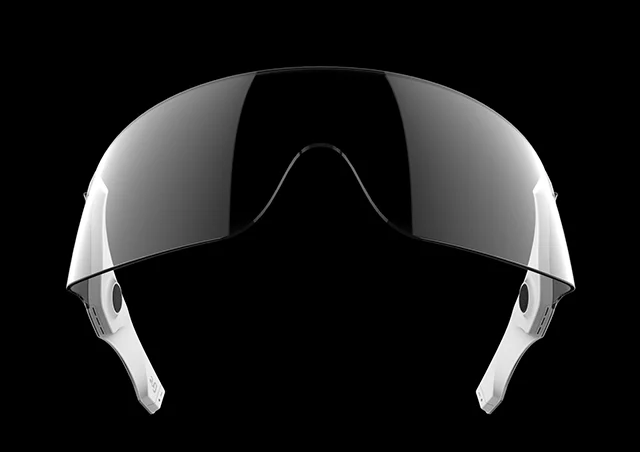With funding from the OSU Discovery Themes ACCAD will be the site of a Humane Technologies Pop-up Collaboration the week before spring break. With humane technologies as our foundation we will be focusing on the theme of Livable Futures.
Join us in creating artworks that fill ACCAD, the campus, Columbus, and beyond with messages of compassion, social justice, livability for diverse human and non-human life, and multi-sensory technologies for better futures!
Humane Technology Pop-Up Collaboration: Livable Futures
March 6-10
All of our faculty and staff and GAs and many of our classes will be working on creative projects throughout the week. Like a hack-a-thon or a charrette the purpose of this week is to create a focused time outside our busy lives for creative collaborative action. Students from the environmental humanities and human rights research groups will join us as well as alumni guests who are taking time out from their work at google, Adobe and in their own design firms and they will enjoy connecting with you all.
Throughout the week we will be sharing and documenting the prototypes and artworks and advancements made. All of our working spaces (the open collaboration rooms, SIM lab, Motion Lab, conference room...) will be busy and there will be more people around than usual.
Rosalie Yu's visit kicked off the events and we have Ohad Fishof and Noa Zuk in residence next week as a warm-up for our Pop-Up collaboration March 6-10 and will have more visitors later in the semester.
Here's where you come in.
Let’s create visions of better futures and take creative action together.
What creative humane technology interventions can you imagine and what solution stories can you create for better, more livable futures? All mediums and methods welcome.
We want to see your videos, poems, essays, performances, animations, posters, drawings, games, prototypes, sculptures, virtual environments and beyond.
Pitch us your ideas throughout the week. Strong ideas that best capture or comment on livable futures will be supported with funds for supplies, exhibition online and in future gallery events, input, ideas and trouble shooting support.
And if you'd like to add your efforts to our projects we will be demo-ing and discussing them Monday morning 3/6 9:30-Noon and you can stop by any time and see what we're working on.
More info:
Humane Tech Pop-Up: Livable Futures
March 6-10, 2017
Humane technologies do no harm, they are creatively open-ended, socially connected and access the full multi-sensory capacities of human intelligence. Humane tech creates compassion and well-being, embraces complexity, enhances collaboration and is radically inclusive. With these humane working assumptions, we will focus this Pop-up on livability in the 21st century.
Posthuman not Anti-Human
In her book on posthumanism, scholar Katherine Hayles critiques the fact that many visions of the future “point to the anti-human and the apocalyptic" and calls us to action showing that "we can craft other visions that will be conducive to the long-range survival of humans and of the other life-forms, biological and artificial, with whom we share the planet and ourselves."
Solution Stories
Activist Frances Moore Lappe calls us to create solution stories “Facing unprecedented challenges, we can choose to remain open to possibility and creativity—not mired in despair. Surely, the latter is a luxury that none can afford. We can create and enthusiastically share a solutions story today, every day. It is a revolutionary act.”
Monday-Thursday Collaborative working sessions 9am-6pm
- Monday 9:30-Noon Demos to kick off the projects and afternoon working sessions
- Weds 12:45 in the Motion Lab object oriented ontologies embodied exploration
- Thursday 9:35am in 320 Design Futures provocation (design and humanities students, others welcome)
- Friday all day demo-ing and documenting results
------
Email zuniga-shaw.1 for more info





